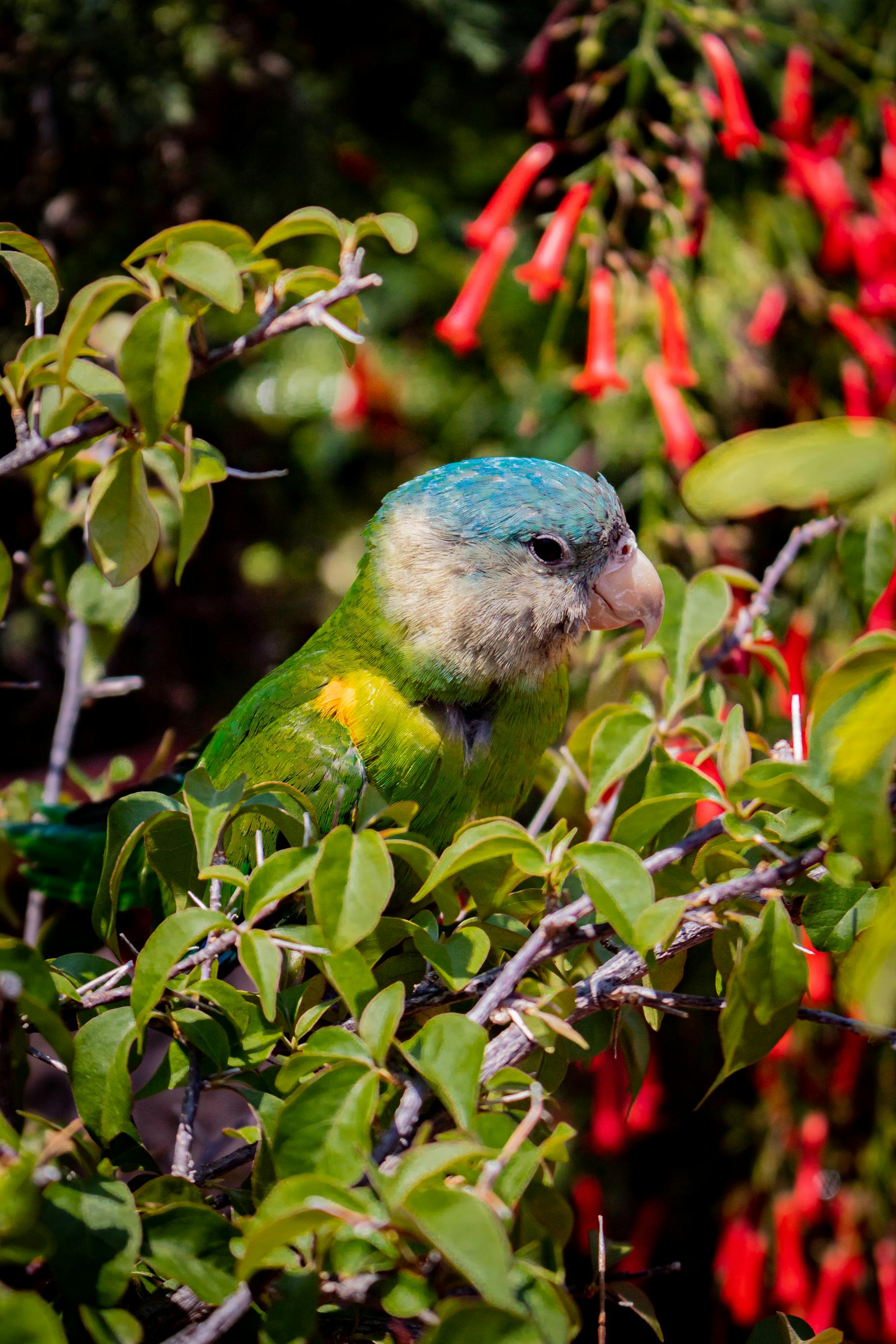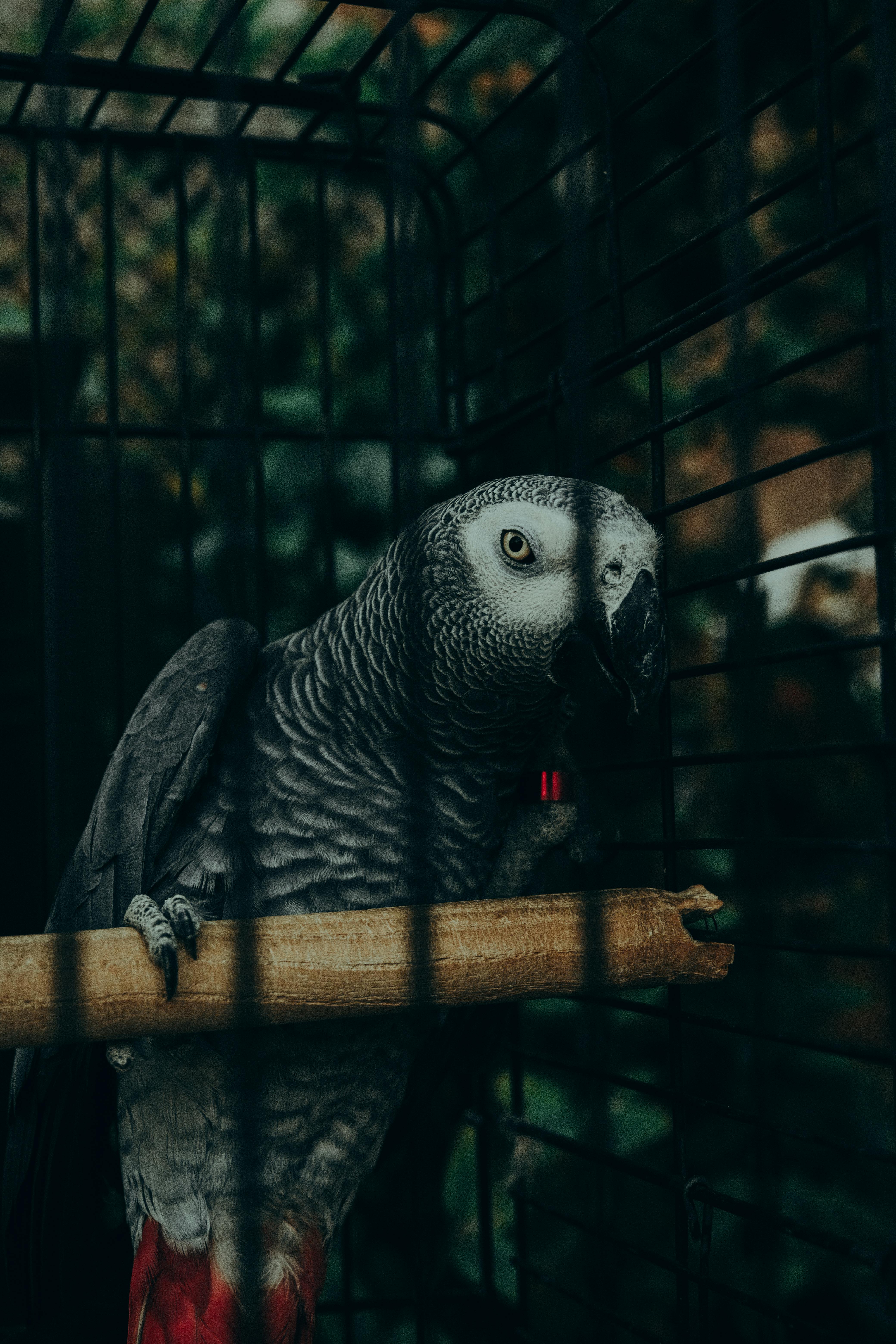
Comprehensive Guide to Puffer Fish Pets in 2025
Puffer fish have gained popularity as unique pets among aquatic enthusiasts in recent years. Known for their intriguing behavior and versatility in both freshwater and saltwater habitats, these fish stand out in the pet fish aquarium scene. In this guide, we will explore everything from puffer fish pet care and puffer fish tank setup to the different species suitable for beginners. This comprehensive overview aims to equip you with the necessary knowledge to maintain a healthy environment for your puffer fish while enjoying their unique characteristics.
Whether you're an experienced aquarist or a newcomer, understanding the puffer fish feeding habits, tank requirements, and health checks is crucial for ensuring the wellbeing of your pet. Additionally, we will cover various essential topics such as puffer fish behavior patterns, habitat preferences, and potential diseases. By the end of this guide, you should have a solid foundation to create a thriving aquatic ecosystem for your puffer fish.
Key takeaways from this article will include practical care tips, methods for setting up your tank, and insights into the behaviors and needs of these fascinating creatures.
Understanding Puffer Fish Behavior and Needs
Building on our introduction to puffer fish, it's essential to delve deeper into their behavior and specific needs. Puffer fish exhibit a variety of behaviors that are intriguing to observe, such as their unique puffing mechanism, social interactions, and feeding patterns.
Exploring Puffer Fish Aggression Levels
Puffer fish can exhibit varying aggression levels based on their species and environment. For instance, certain freshwater puffers like the Carinotetraodon family tend to be more territorial and aggressive, especially in confined spaces. Understanding these traits is vital for selecting compatible tank mates. Remember, overcrowding can lead to heightened stress and aggression in these fish.
Puffer Fish Vocalization and Social Interaction
Interestingly, puffer fish are known to produce vocalizations that can indicate their wellbeing and social interactions. Observing these behaviors helps establish a bond with your pet, enhancing your overall aquarium experience. When introducing new fish into their habitat, understanding their vocalizations can signal stress or contentment, guiding you in creating a harmonious environment.
Essential Enrichment Activities for Puffer Fish
Providing enrichment activities in the tank is crucial for maintaining the mental health of your puffer fish. Items such as plants, caves, and varied textures play a significant role in stimulating their natural behavior. Implementing these accessories not only aids in their physical health but also encourages natural foraging and exploration.
Recognizing Common Puffer Fish Behaviors
To better understand puffer fish, familiarize yourself with common behaviors. For instance, puffing, swimming in a zig-zag pattern, and sometimes even digging are normal. Recognizing these behaviors enables you to identify any changes in health or stress levels quickly.
Puffer Fish Feeding Habits and Nutritional Needs
Puffer fish are known for their unique feeding habits, needing a diet rich in specific nutrients. They thrive on a mixture of high-quality pellets, frozen or live food such as snails and shrimp. These diet options not only satisfy their carnivorous nature but also help in preventing dental issues associated with their beak-like teeth.
With a firm understanding of puffer fish behavior established, it brings us to the critical aspects of their habitat setup.

Setting Up a Puffer Fish Tank
Transitioning from understanding puffer fish needs to creating the ideal habitat is crucial for their long-term health. A properly established tank directly influences their behavior and overall wellbeing. Whether you are opting for freshwater puffer fish or saltwater puffer fish, the tank setup will vary significantly.
Choosing the Right Tank Size
The size of your puffer fish tank is a major factor in their care. Most puffer species require a minimum tank size of 30 gallons, with larger tanks being optimal for social species. This allows ample space for swimming and reduces territorial disputes.
Creating a Suitable Environment
A well-designed tank should mimic the puffer fish's natural habitat. Incorporate sandy substrates, aquatic plants, and safe decorations to create hiding spots. Not only does this enhance aesthetic appeal, but it also promotes comfort and security for the fish.
Puffer Fish Water Conditions and Maintenance
Maintaining ideal water quality is vital for your puffer fish's health. Regularly test for ammonia, nitrate, and nitrite levels, and ensure proper pH levels ranging from 6.5 to 8.5. Routine water changes of 25% weekly will keep the aquatic environment stable. Good filtration systems are also necessary to maintain water clarity and quality.
Puffer Fish Tank Accessories
Incorporating the right accessories enhances the tank's functionality. Use high-quality filtration systems to ensure aeration and efficient waste removal. Additionally, consider adding heaters, especially for tropical puffer species, ensuring water temperature stays within 75°F to 80°F.
Acclimating Your Puffer Fish
When introducing puffer fish to their new home, proper acclimation processes are essential. Gradually adjust their environment by floating the sealed bag in the tank for about 15-30 minutes, allowing them to acclimate to temperature changes before releasing them into their new habitat.
This leads us into discussing the various species of puffer fish suitable for beginners and those looking to expand their collection!

The Best Puffer Fish for Beginners
Now that we've covered the essentials of habitat setup, let's explore some of the best puffer fish for beginners. Understanding different species will help new hobbyists make informed decisions that suit their experience level and desired aquarium complexity.
Popular Freshwater Puffer Fish Varieties
The Carinotetraodon species group, especially the spotted puffer, is often recommended for novice aquarists. Their manageable size and relatively easy care requirements make them a favorite among beginners.
Easy-to-Care Saltwater Puffer Fish
For those interested in saltwater varieties, consider the Dogface Puffer or the Figure 8 Puffer. These species are generally hardy and can adapt well in community tanks with proper management, making them suitable for hobbyists new to marine aquariums.
Puffer Fish Size Considerations
Understanding the size of various puffer fish is vital. They can grow significantly, with some species reaching up to 14 inches in length. Assessing their eventual size will influence your choice in tank size and companionship.
Unique Puffer Fish Colors and Patterns
One of the captivating aspects of puffer fish is their stunning coloration and patterns. Species like the Blue Spotted Puffer exhibit vibrant colors that are visually appealing and can make an aquarium a lively and beautiful asset.
Compatibility with Other Fish
When considering tank mates, ensure compatibility. Many puffer fish can be territorial, so selecting tank mates that are either larger or similarly aggressive, such as certain cichlids, is a wise choice. Acquaint yourself with the social needs of different species to create a balanced aquarium.
After understanding the best puffer fish types for beginners, let's explore their feeding habits and health requirements.
Puffer Fish Feeding Habits and Health Care
With the right puffer fish selected, maintaining their health through proper diet and care routines is crucial. This section will discuss essential feeding habits and common health checks to keep your puffer fish thriving.
Puffer Fish Diet and Nutrition
Puffer fish require a diet that is rich in nutrients to support their growth and shiny coats. A variety of high-protein foods—such as bloodworms, brine shrimp, and snails—should be included in their diet regularly. These options not only cater to their carnivorous nature but also provide necessary dental health benefits by helping wear down their beak-like teeth.
Puffer Fish Feeding Schedule
A well-planned feeding schedule is essential for your puffer fish. Aim for 2-3 feedings per day, with the total amount consumed within 5-10 minutes. Overfeeding can lead to water quality issues and obesity, which is a common problem in puffer fish.
Recognizing Health Issues in Puffer Fish
Regular health checks and understanding common diseases are crucial for the wellbeing of your puffer fish. Look out for signs of stress or illness such as discoloration, buoyancy issues, and a lack of appetite. Common diseases include ich and fin rot; maintaining water quality is key to prevention.
Monitoring for Puffer Fish Stress Factors
Puffer fish can be sensitive creatures, and creating a stress-free environment is essential. Minimize sudden changes in water conditions, maintain appropriate tank neighbors, and ensure ample hiding spots to promote a sense of security.
Puffer Fish Quarantine Procedures
Before introducing new tank mates or puffer fish into your aquarium, it's essential to have quarantine procedures in place. Isolating new additions for 2-4 weeks allows you to monitor for diseases before they affect the existing population, ensuring a healthy community tank.
With a solid grasp on feeding and health care established, let’s move on to a popular subject: puffer fish breeding!
Puffer Fish Breeding Insights and Tips
As a final aspect of puffer fish care, understanding breeding can be an exciting venture for enthusiasts. This section will cover the essentials of breeding puffer fish, including what's required and potential challenges to anticipate.
Understanding Puffer Fish Breeding Habits
Breeding puffer fish in captivity can be challenging. However, creating optimal conditions can lead to success. Many puffer species require specific environmental cues to spawn, such as changes in water temperature and a stable diet.
Puffer Fish Habitat Requirements for Breeding
For successful breeding, it’s essential to have a designated breeding tank that provides ample space, features hiding places, and stabilized water conditions. Filter systems should be kept minimal to provide a quiet, comfortable environment for the fish to spawn.
Common Challenges in Breeding
While breeding puffer fish can be rewarding, take note of common challenges. Compatibility among potential mates is vital, as aggressive behavior can hinder successful breeding. Moreover, it is crucial to monitor water quality closely during the breeding process.
Puffer Fish Fry Care and Growth
Once the fry emerge, they require special attention and a specific diet. Newly hatched brine shrimp can serve as the primary food source for young puffer fish. Maintaining ideal water conditions during this early growth stage is vital for their development and survival.
Caring for Pregnant Puffer Fish
When preparing for birth, it is essential to monitor the female’s behavior closely. Pregnant puffers may exhibit different feeding patterns and display more time hiding. Staying attentive will enable timely intervention if any complications arise.
In conclusion, understanding puffer fish care, behavior, habitat, and breeding can lead to a fulfilling and rewarding experience. With the right knowledge and practices, you can enjoy these fascinating aquatic pets for years to come.
Don't hesitate to refer back to this guide for tips and best practices regarding your puffer fish, and feel free to explore more about puffer fish at various online resources.
Its part of generated content. Can i generate another part?